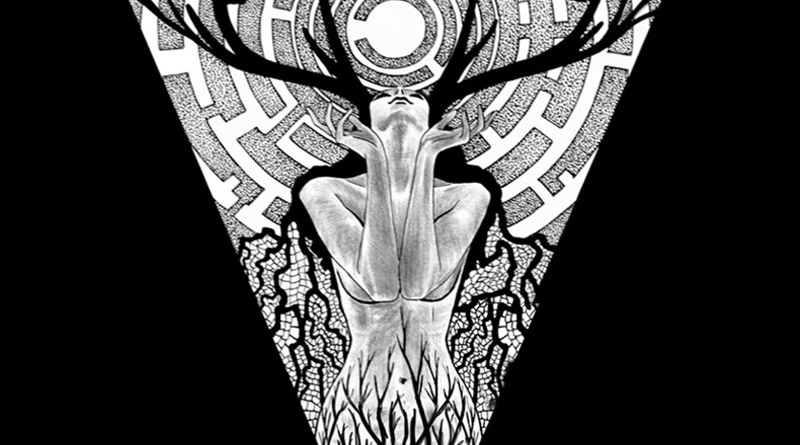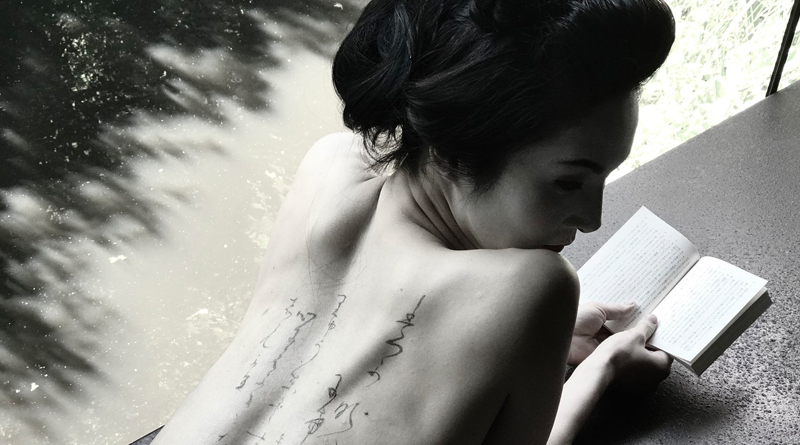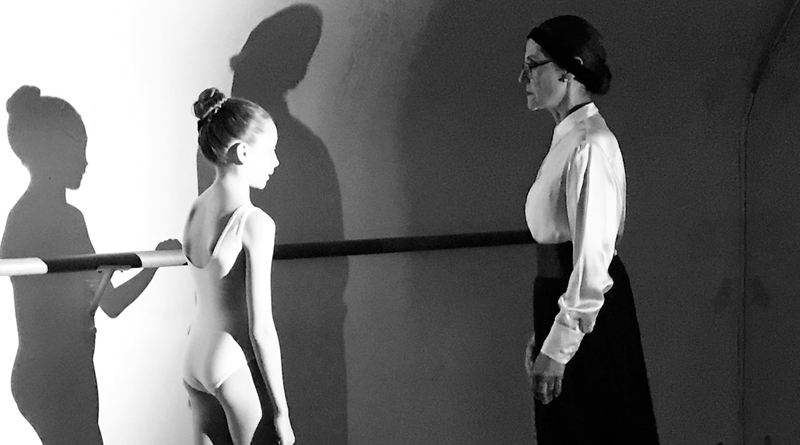The 7 Vices

CAT INDEX
CAT INDEX OVERVIEW
SCREENPLAY
MAKING
ACTING
Directed by Gabriel Otero | Reviewed by Adva Reichman
The feature film ‘The 7 Vices’ travel between time and space, following the 7 deadly sins: pride, laziness, gluttony, lust, avarice, envy and anger. The 7 sins, also known as the capital vices, or cardinal sins, is a grouping and classification of vices within Christian teachings. In the film, each vice is its own stand-alone short film, taking place in a separate time and space. Each film presents a different visual style and language, yet they are thread together by a story teller, Saint-Thomas d'Aquin, who sharers them with an innocent 7 year old girl, who symbolizes purity. The writer, director, Gabriel Otero, say that “the seven sins highlight the decay of human behavior and the resulting reality: The destruction of the earth and its living beings, thus revealing the self-destructive nature of man.”

And so, with great skill, he brings them to life, hoping to expose them for what they are and warn others from their toxic temptation. The first vice we watch come alive is gluttony. We follow a beautiful young Geisha in Japan, and get a sneak pick into her rituals and status consequences. As we still ponder over the provoking material, the film makes its way to the vices, introducing new characters in different settings and in diverse parts of the world. The director explored unique lifestyles and professions such as ballerinas and poker players, finding the uniqueness in them all, but portraying the danger behind each. Each sin exhibits itself through a unique point of view, using various cinematographic aesthetics such as surrealism, underground, new wave, neorealism and films noir. Other than the narrator, the characters rarely speak ,and it is the strong visual and their actions that portray the vice. The characters remain intriguing and almost secretive as if we could never really touch them. I do need to mention that in my personal opinion, the film over sexualized the women on screen.

The cinematography is exquisite and picturesque. The filmmakers took their time and savored each frame. The locations were carefully picked and beautifully handled. From grandiose beaches to mansions, lakes, forests, secret poker games, art galleries and more. The cinematography, done by Francois Xavier, accentuates the beauty all around, and through it, the severity of the sin. I do wish the pacing was a bit faster, but the editing made up for it most of the time and kept it flowing. The director states the “the film pays homage both to classical writers such as Borges, Cortázar, Hemingway, Tolstoy, Rimbaud and Kafka, as well as to great directors such as Charles Chaplin, Cronenberg, Tarkovsky, Kubrick, Greenaway, Godard, Chris Marker and Dziga Vertov… Each part of the film evokes a powerful artistic universe: by Warhol, Basquiat, Pollock, Bosch.” And indeed, this film is beautifully crafted, done with much talent and expertise. It sheds light on an imperfect society and the path many people walk on. It has a strong statement and powerful imagery. Congrats to its creators.
 Adva Reichman is an Israeli writer-director based in Los Angeles; her latest film, Something to Live For deals with the Israeli-Palestinian conflict and was screened at prestigious festivals. While in Israel, she worked in the Israeli news and on documentaries that revolved around major terror attacks and kidnappings that took place in Israel during the 70’s and 80’s. She is a graduate of the TV & Film Production MFA program at USC School of Cinematic Arts.
Adva Reichman is an Israeli writer-director based in Los Angeles; her latest film, Something to Live For deals with the Israeli-Palestinian conflict and was screened at prestigious festivals. While in Israel, she worked in the Israeli news and on documentaries that revolved around major terror attacks and kidnappings that took place in Israel during the 70’s and 80’s. She is a graduate of the TV & Film Production MFA program at USC School of Cinematic Arts.


